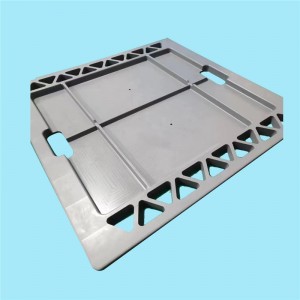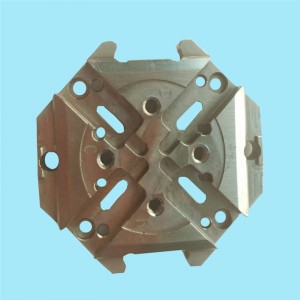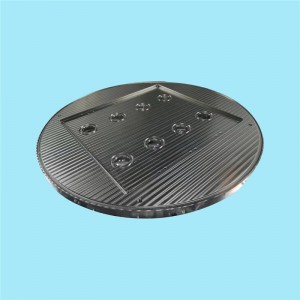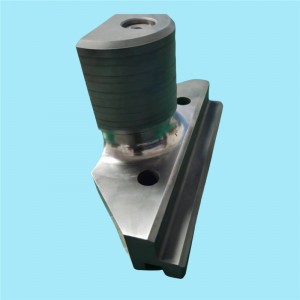Complicated Highly Wear-Resistant Parts

Mainly include: Ni-Cr alloy powder, Ni-Cr-Mo alloy powder, Ni-Cr-Fe alloy powder, Ni-Cu alloy powder, Ni-P and Ni-Cr-P alloy powder, Ni-Cr-Mo-Fe alloy powder Alloy powder, Ni-Cr-Mo-Si high wear-resistant alloy powder, Ni-Cr-Fe-Al alloy powder, Ni-Cr-Fe-Al-B-Si alloy powder, Ni-Cr-Si alloy powder, Ni- Cr-W-based wear-resistant and corrosion-resistant alloy powder, etc.
The nickel-based self-fluxing alloy powder is formed by adding appropriate amount of B and Si to the nickel alloy powder. The so-called self-fluxing alloy powder, also known as eutectic alloy, hard-faced alloy, is a series of powders formed by adding alloying elements (mainly boron and silicon) that can form a low-melting eutectic in nickel, cobalt, and iron-based alloys. Material.
Commonly used nickel-based self-fluxing alloy powders include Ni-B-Si alloy powder, Ni-Cr-B-Si alloy powder, Ni-Cr-B-Si-Mo, Ni-Cr-B-Si-Mo-Cu, High-molybdenum-nickel-based self-fluxing alloy powder, high-chromium-molybdenum-nickel-based self-fluxing alloy powder, Ni-Cr-W-C-based self-fluxing alloy powder, high copper self-fluxing alloy powder, tungsten carbide dispersion nickel-based self-fluxing powder Alloy powder, etc.
The role of boron and silicon elements: significantly reduce the melting point of the alloy, expand the solid liquidus temperature zone, and form a low-melting eutectic; deoxidation reduction and slag-forming functions; hardening and strengthening of coatings.

Products categories
-

Phone
-

E-mail
-

Whatsapp
-

Top








